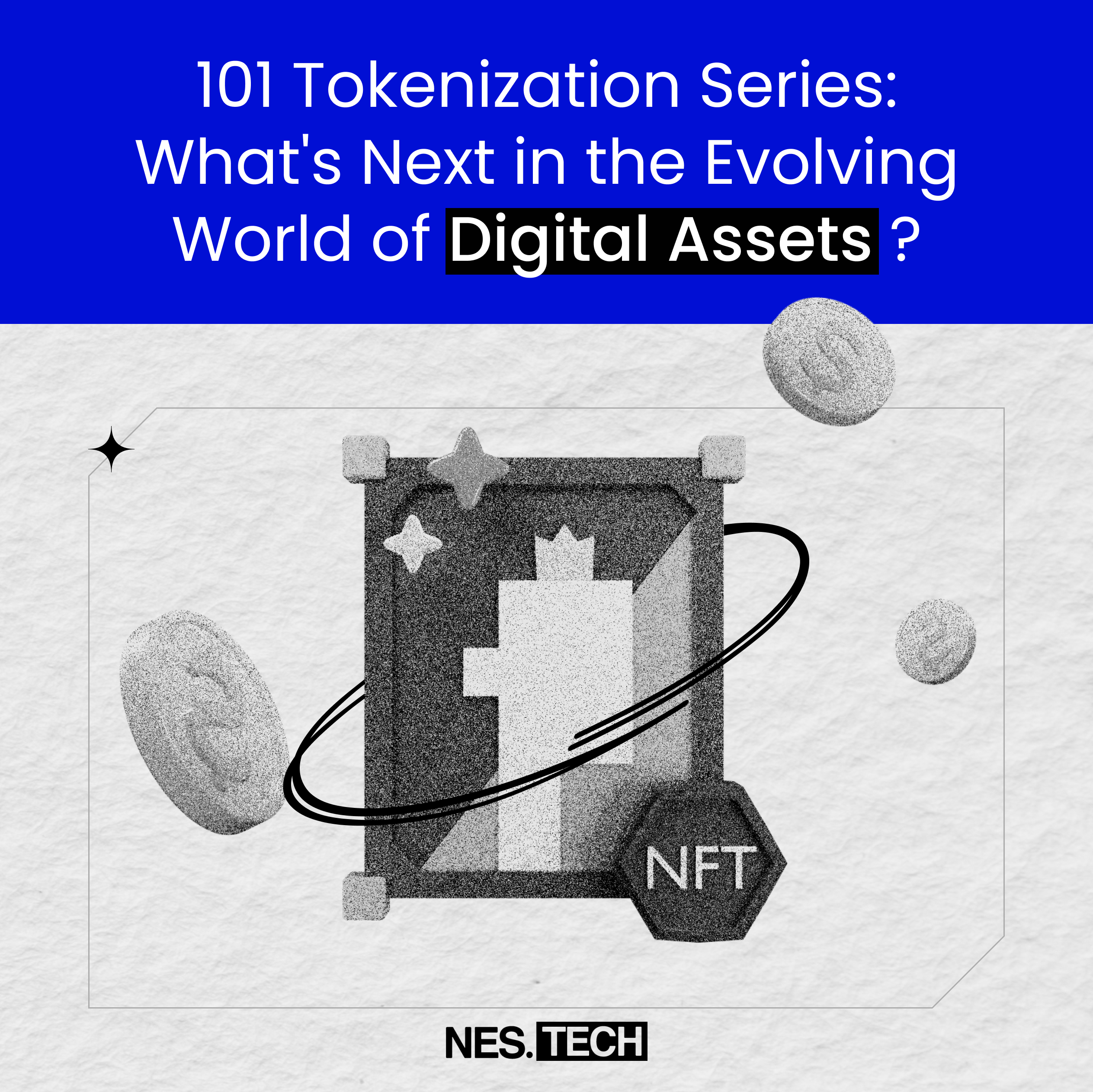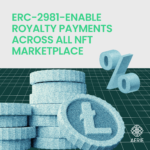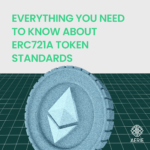Tokenization Trends: Exploring The Next Wave In Digital Assets

Tokenization, a revolutionary concept in the financial landscape, is reshaping the way we view and interact with digital assets. As we navigate through the current trends, it becomes evident that tokenization is not just a buzzword; it’s a transformative force poised to redefine the future of finance.
Introduction to Tokenization
The process of converting real-world assets into digital tokens on a blockchain has gained immense traction. From real estate to fine art, tokenization brings liquidity, accessibility, and security to traditional assets.
1. Blockchain and Security Token Offerings (STOs)
Blockchain technology underpins tokenization, ensuring transparency and immutability. Security Token Offerings (STOs) have emerged as a prevalent method for fundraising, providing investors with fractional ownership and compliance through regulatory frameworks.
2. NFTs and Digital Collectibles
Non-Fungible Tokens (NFTs) have disrupted the art and entertainment industries, enabling creators to tokenize and monetize digital content. From virtual art to in-game items, NFTs represent unique digital assets with ownership tracked on the blockchain.
3. DeFi and Decentralized Exchanges (DEXs)
Decentralized Finance (DeFi) platforms leverage tokenization to offer traditional financial services without intermediaries. Decentralized Exchanges (DEXs) facilitate the trading of tokenized assets, promoting financial inclusion and reducing reliance on centralized institutions.
4. Cross-Border Transactions and Stablecoins
Tokenization facilitates seamless cross-border transactions by eliminating intermediaries and reducing transaction times. Stablecoins, pegged to fiat currencies, provide stability and serve as a bridge between traditional and digital finance.
5. Real Estate Tokenization
Real estate, historically illiquid, benefits from tokenization by allowing fractional ownership. Investors can now participate in real estate ventures with smaller capital, promoting a more inclusive approach to property investment.
6. Tokenization in Traditional Finance
Traditional financial institutions are integrating tokenization for efficiency gains. From digitizing securities to streamlining KYC processes, tokenization enhances the overall operational efficiency of financial systems.
Challenges and Regulatory Landscape
While tokenization offers numerous advantages, challenges such as regulatory uncertainties and security concerns persist. Governments are actively exploring regulatory frameworks to balance innovation with investor protection.
Future Outlook
The future of tokenization appears promising, with ongoing technological advancements and increased acceptance. As blockchain and decentralized technologies evolve, tokenization will likely become more mainstream, impacting various industries beyond finance.
In conclusion, tokenization is not merely a trend but a transformative force shaping the future of finance. From enhancing liquidity and accessibility to fostering innovation in traditional sectors, tokenization continues to unlock new possibilities in the evolving digital asset landscape.









